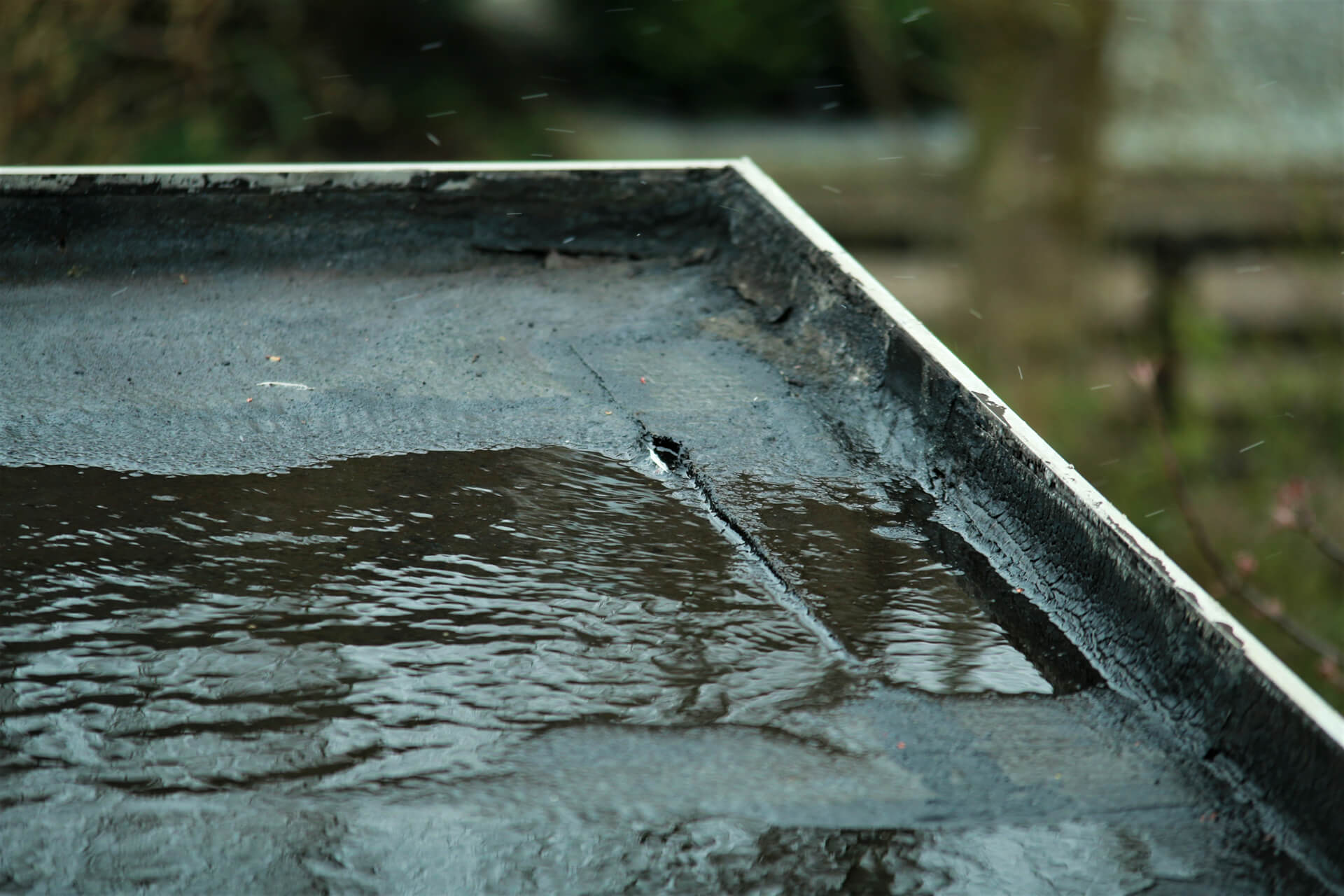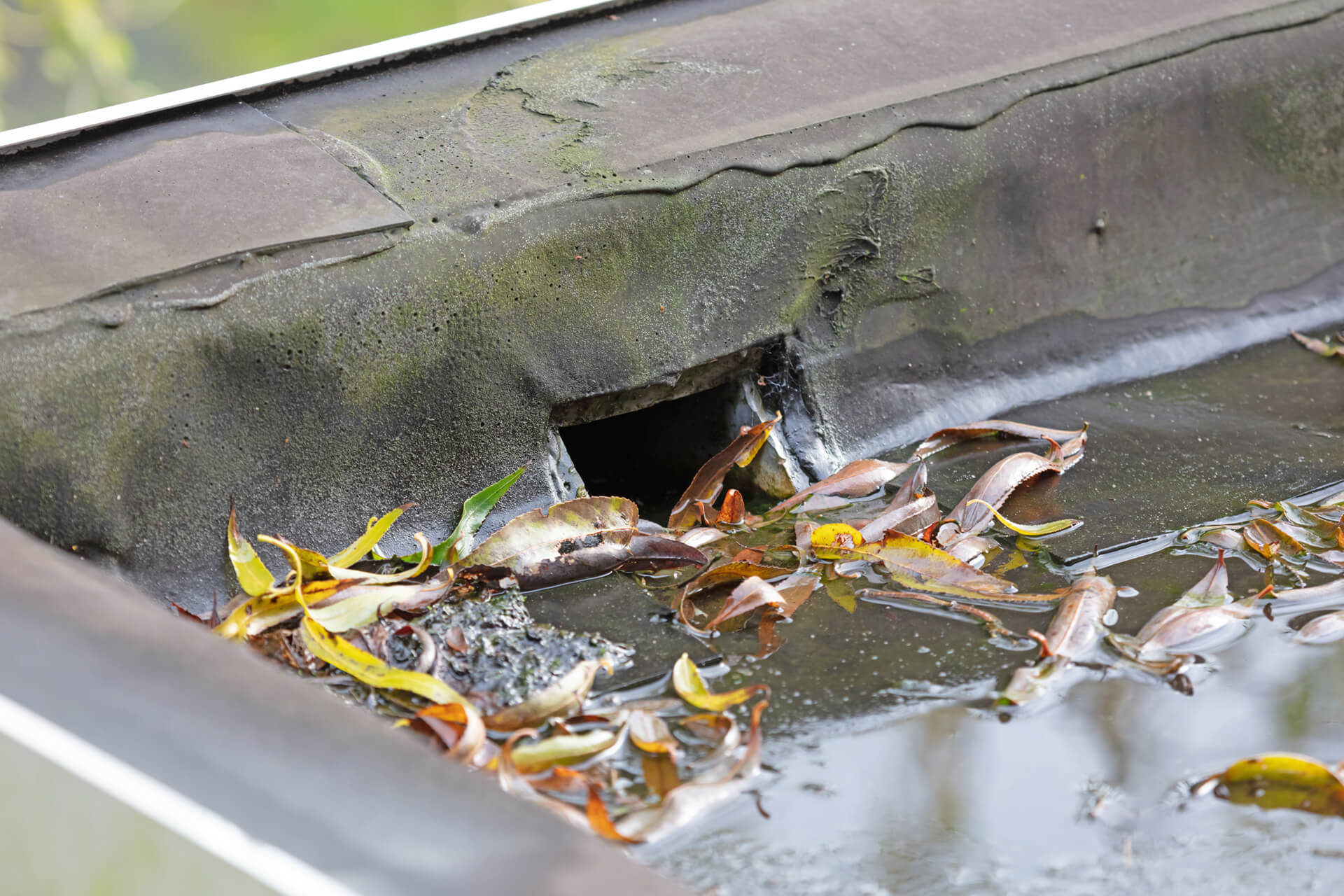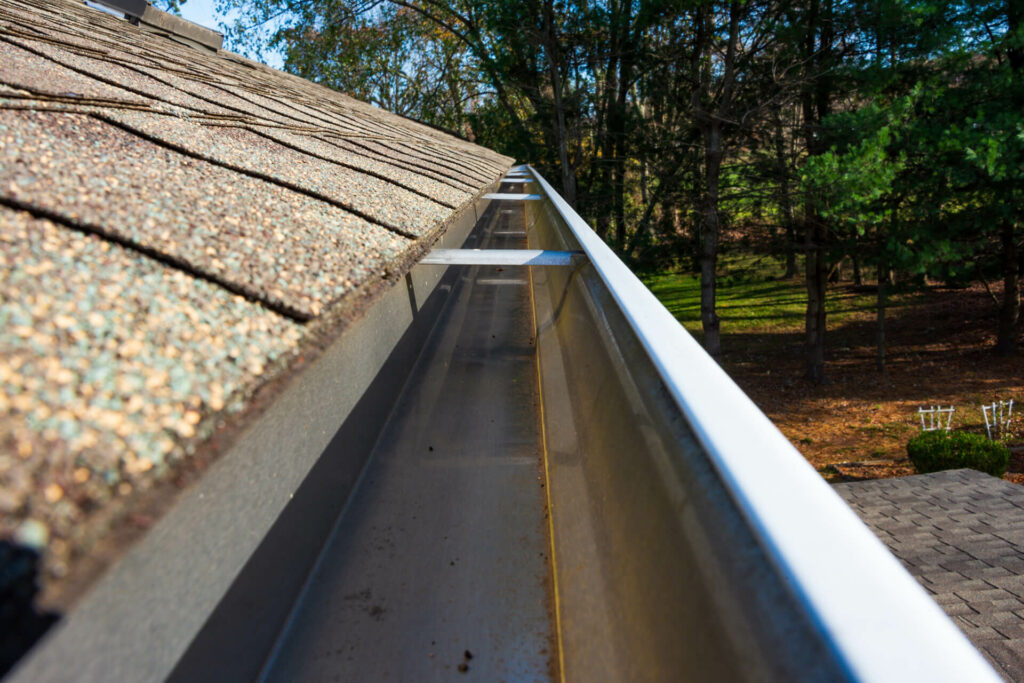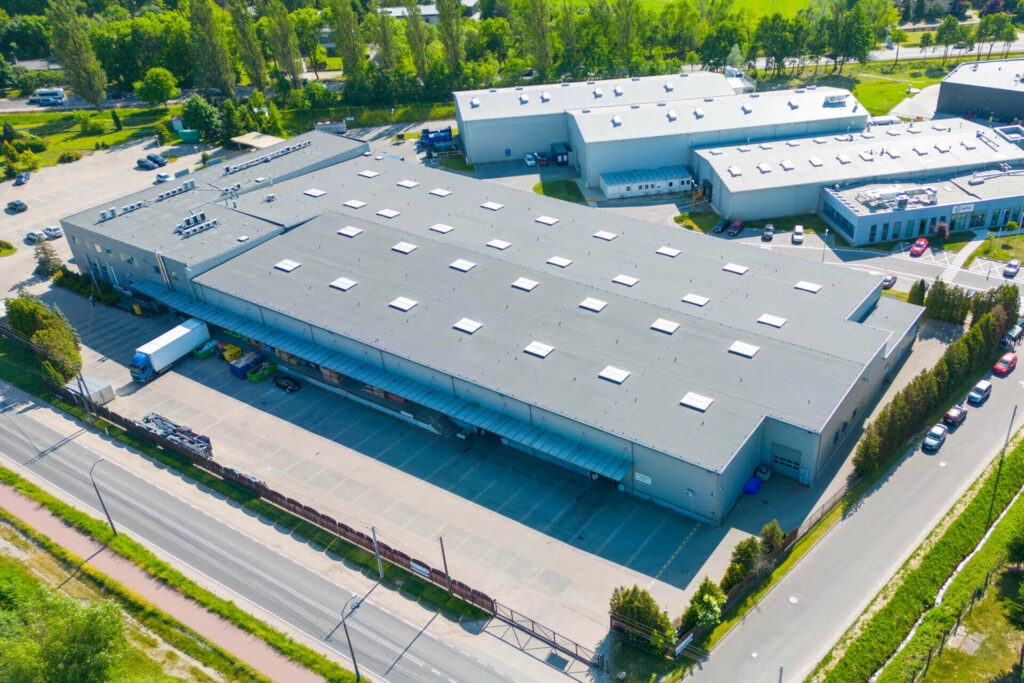Regular maintenance of a flat roof is crucial for ensuring its longevity and functionality. A well-maintained roof helps prevent costly and unexpected repairs and ensures the safety and integrity of the structure it covers. Additionally, a well-maintained flat roof can last up to 25 years, sometimes even longer. In our decades of experience in the roofing industry, we have seen firsthand the detrimental effects of neglecting this key aspect of building upkeep. In this article, we offer a comprehensive guide for property owners and managers to maintaining a functional and durable roof. With regular check-ups you can prevent minor issues from becoming major, costly problems, and enhance the longevity and performance of your roof.
Importance of Regular Flat Roof Maintenance
Flat roofing is a popular choice for many commercial and residential buildings, offering a sleek, modern aesthetic, but unlike pitched roofs, they have a minimal slope, which means water doesn’t run off as quickly. For this reason flat roofs require extra attention and care. Additionally, the materials used in flat roofs are unique, often including rubber, PVC, or bitumen, further necessitating regular maintenance.
Flat Roof Maintenance Checklist
Whether you are a property owner or a manager, this checklist is your roadmap to a healthy, long-lasting flat roof. The guide will walk you through each step, ensuring nothing gets overlooked.
Inspecting the Roof Surface
The roof surface is the first line of defence against the elements. It needs to be in excellent condition to perform its duties.
- Checking for Puncture and Tears: Inspect your roof for any visible signs of damage, such as punctures, tears, or worn areas, occurring as a result of foot traffic, fallen branches, or other impacts. Catching these issues early can save you from leaks and water damage down the line.
- Identifying Ponding Water: Ponding water is a common issue with flat roofs. It occurs when water accumulates in one area for an extended period, potentially leading to leaks and structural damage. Ensure that your roof has adequate drainage to prevent this.
- Looking for Signs of Aging and Wear: Like anything else, roofs age over time. Look for signs of aging, such as fading, brittleness, or warping. These can indicate that your roof’s materials are nearing the end of their lifespan.

Maintaining the Drainage
A functioning drainage system is crucial for preventing ponding water and ensuring that your roof can handle whatever mother nature throws at it.
- Cleaning the Drains: Keep your roof’s drainage system clear of debris. Leaves, dirt, and other materials can clog drains, leading to water accumulation.
- Ensuring Proper Water Flow: Regularly check that water is flowing freely through your drainage system. This can prevent water from backing up and causing damage.
- Inspecting for Damages: Inspect your drainage system for any signs of damage or wear. Cracks, leaks, or rust can compromise the system’s effectiveness and should be addressed promptly.

Checking the Edges and Flashings
The edges of your roof and the flashings play a crucial role in keeping water out and ensuring the integrity of your roof.
- Ensuring Tight Seals: Check that the seals along the edges and around flashings are tight and intact. Any gaps or damage can allow water to seep in, leading to leaks and damage.
- Looking for Rust and Corrosion: Inspect the metal parts of your roof, such as flashings, for signs of rust or corrosion. These issues can weaken the metal, making it more susceptible to damage.
- Checking for Separation or Lifting: Ensure that all parts of your roof are securely attached. Look for any areas that may be lifting or separating, as these can allow water to get underneath and cause damage.
Inspecting the Roof Penetrations
Roof penetrations, such as vents and stacks, are potential weak points where leaks can occur. With regular inspection you can ensure they remain sealed and secure.
- Examining Vents and Stacks: Check all roof penetrations for signs of wear, damage, or loose materials. Ensure that they are properly sealed and in good condition.
- Ensuring Seals and Gaskets are Intact: Inspect the seals and gaskets around roof penetrations to ensure they are intact and providing a watertight seal.
- Checking for Cracks or Breaks: Look for any cracks or breaks in the materials around roof penetrations. These can provide a pathway for water to enter and should be addressed immediately.
Maintaining Flat Roof Membrane
The roof membrane is a critical component of your flat roof, providing a waterproof barrier.
- Identifying Blistering, Bubbles, or Wrinkles: Inspect your roof membrane for any signs of blistering, bubbles, or wrinkles. These can indicate trapped moisture or air, which can compromise the membrane’s integrity.
- Checking for Loose or Damaged Membrane: Ensure that the entire roof membrane is securely attached and in good condition. To do this, look for any areas that are loose or damaged, as these can lead to leaks.
- Ensuring Proper Adhesion: Check that the roof membrane is properly attached to the underlying structure. Otherwise, any areas that are not securely attached can allow water to get underneath and cause damage.
Maintenance of Additional Features
If your flat roof has additional features, such as mounted equipments or a green roofing system, these also require attention and care.
- Inspecting Roof-Mounted Equipment: Ensure that any equipment mounted on your roof is in good condition and securely attached. Look for any signs of damage or wear that could affect its performance.
- Checking for Debris and Obstructions: Keep your roof clear of debris and obstructions, as these can damage the roof’s surface and interfere with drainage.
- Maintaining Green Roofing Elements (If Applicable): If your flat roof has a green roofing system, ensure that it is properly maintained. This includes caring for the plants and ensuring that the drainage system is functioning correctly.
Seasonal and Weather-Related Considerations
Flat roofs require specific care during different seasons and weather conditions.
- Preparing for Winter, Snow, and Ice: In winter, prepare to remove snow and ice promptly from your flat roof, as this ensures the weight of the snow does not damage your roof and ice dams do not form.
- Managing Summer Heat and UV Exposure: Properly seal and coat your flat roof to protect it from the summer heat and UV exposure and prevent longterm damage.
- Dealing with Storms and Heavy Rainfall: Ensure that your flat roof is ready for storms and heavy rainfall by regularly inspecting and maintaining it. This can prevent leaks and water damage.
Hiring a Professional for Flat Roof Maintenance
Regular Professional Maintenance: While property owners and managers can perform regular flat roof maintenance, it’s crucial to have your flat roof inspected by a professional at least once a year. This is an investment in the longevity and performance of your roof. It will prevent costly repairs and ensure that your roof is performing at its best.
When to Call a Professional: If you notice any signs of damage, leaks, or other issues, it’s time to call a professional. They have the expertise and the equipment to thoroughly inspect and repair your flat roof. Our professionals are available to attend to your roof issues at any time.
During a Professional Inspection: The roofing expert will thoroughly inspect your flat roof, looking for any signs of damage, wear, or other issues. They will provide you with a detailed report and recommendations for any necessary repairs or maintenance.on issues with flat roofs?
FAQs
Conduct regular inspections at least twice a year, preferably in the spring and fall. Additionally, you should inspect your roof after any severe weather events, such as wind, snow and hail, which we often see in Edmonton.
While property owners can perform basic maintenance such as clearing debris and checking for visible damage, it’s crucial to have a professional inspect and maintain your flat roof regularly.
Common issues include ponding water, leaks, damage to the roof membrane, and issues with the drainage system
With proper maintenance, a flat roof can last 25 years or more, but it depends on other factors detailed in our article on the lifespan of flat roofs.
Flat roofs are cost-effective, provide extra space for storage or even a rooftop garden, and are easier to access for maintenance and repairs.
Regular maintenance, prompt repairs, and professional inspections are key to extending the life of your flat roof.
If you notice a leak, it’s crucial to address it immediately. Contact a professional flat roofing contractor like us to inspect and repair your roof as soon as possible to prevent further damage.
Conclusion
Maintaining your flat roof is crucial for ensuring longevity and performance. By following this comprehensive checklist, you can keep your roof in excellent condition, prevent costly repairs, and ensure that it continues to protect your property for years to come.


